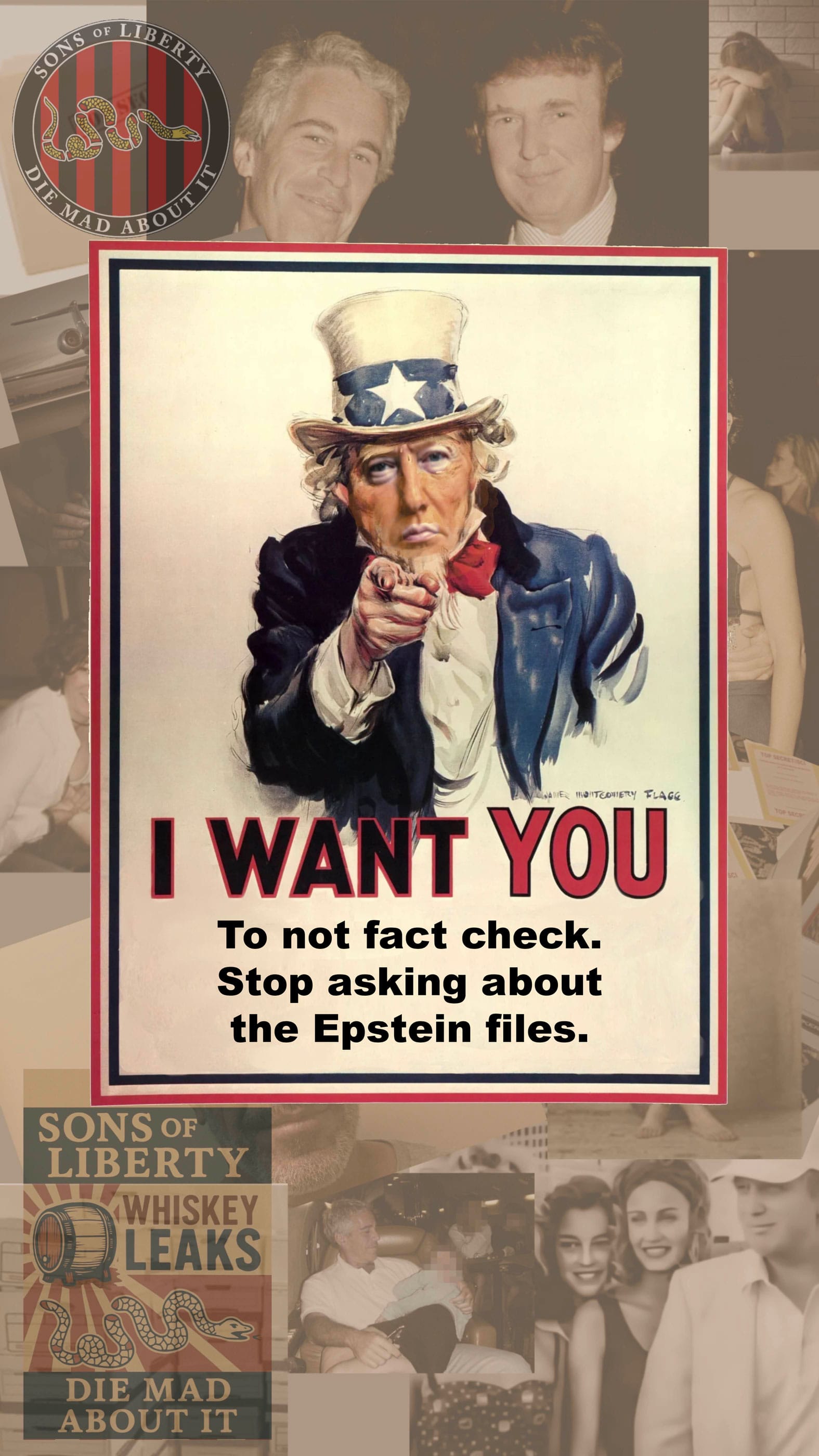The Duplicity of Ignoring Facts to Fit a Narrative
When facts become inconvenient, storytellers bend, omit, or spin them until reality aligns with their agenda.

Narratives that cherry-pick or outright dismiss evidence reveal a troubling duplicity: they prioritize persuasion over truth. When facts become inconvenient, storytellers bend, omit, or spin them until reality aligns with their agenda. This five-minute exploration uncovers why we do it, where it shows up, and how it corrodes trust.
The Allure of a Comfortable Story
Humans crave clear, compelling explanations. A neat narrative offers emotional satisfaction and a feeling of control. Facts, by contrast, often raise uncomfortable questions or demand inconvenient changes. When reality threatens our beliefs or interests, it’s tempting to gloss over inconvenient truths.
How We Sideline Facts
- Confirmation Bias
We seek data that affirms our existing views and disregard anything that contradicts them. - Motivated Reasoning
Our desires and fears steer our interpretation of information more than objective evidence. - Social Reinforcement
Echo chambers reward group-approved versions of events, punishing dissent with ridicule or exclusion.
Lessons from History
In the tobacco wars of the 20th century, industry leaders funded research to downplay health risks while publicly championing “smokers’ rights.” Their selective use of studies delayed regulation for decades.
Climate debates offer another illustration. Businesses and politicians have repeatedly shifted the narrative—first denying warming, then blaming natural cycles, then downplaying the severity—to protect short-term economic interests.
Political spin often follows the same script: emphasizing data that supports one’s platform and labeling inconvenient facts as “fake news.”
The High Cost of Fact Avoidance
When leaders ignore evidence, policies can backfire spectacularly. Public health measures falter, environmental protections lag, and economic decisions falter on wishful thinking.
Erosion of trust follows. Once people recognize the game of selective truth-telling, they become cynical about any official narrative. This cynicism fuels polarization and empowers more extreme voices.
Toward Evidence-Based Dialogue
- Cultivate Intellectual Humility
Admit that our views might be incomplete or mistaken. - Actively Seek Disconfirming Evidence
Read opposing research, engage with critics, and ask probing questions. - Reward Truth Over Victory
Celebrate corrections and updates instead of treating them as losses. - Diversify Information Sources
Balance trusted outlets with reputable perspectives you wouldn’t normally choose.
Conclusion
Ignoring facts for the sake of a coherent narrative might win short-term applause, but it erodes the foundation of honest discourse. Embracing complexity, acknowledging uncertainty, and valuing truth over convenience are the only bulwarks against duplicity.
Further reading and resources you might find valuable:
- A curated list of books on cognitive biases and decision-making
- Tools for verifying factual claims online
- Brief case studies of successful evidence-led policy interventions
- Release the Epstein files
